 Image 1 of 24
Image 1 of 24

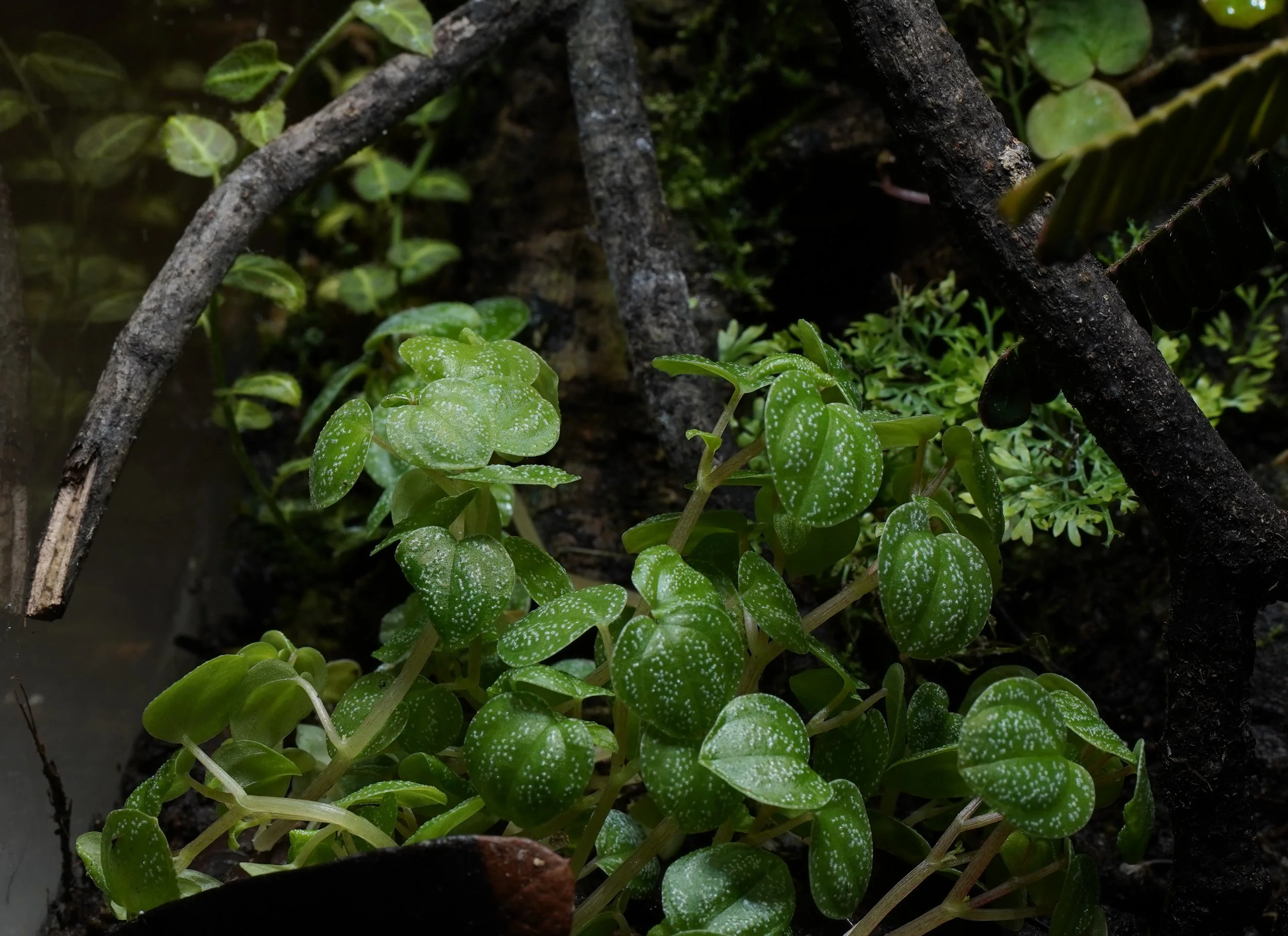 Image 2 of 24
Image 2 of 24

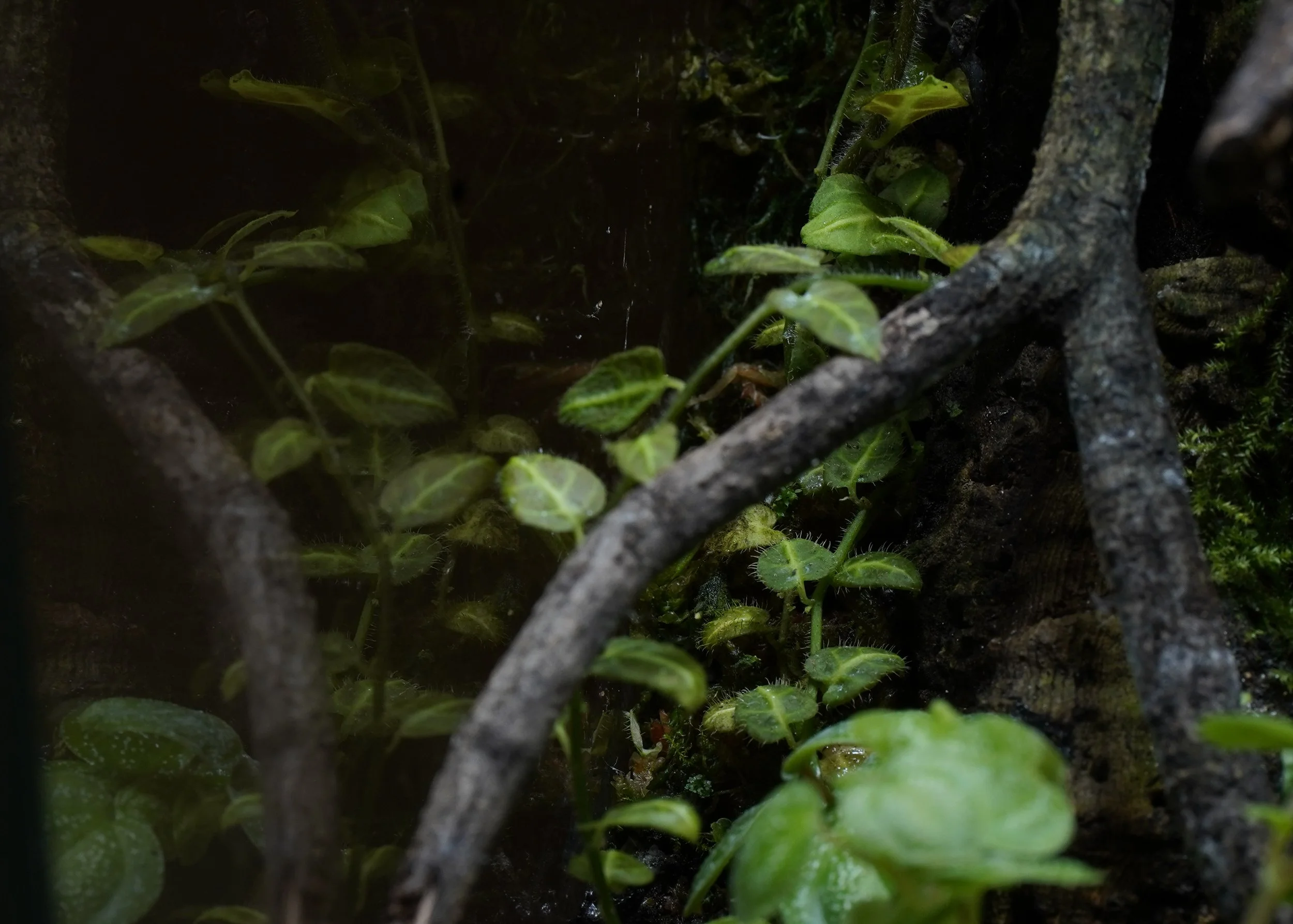 Image 3 of 24
Image 3 of 24

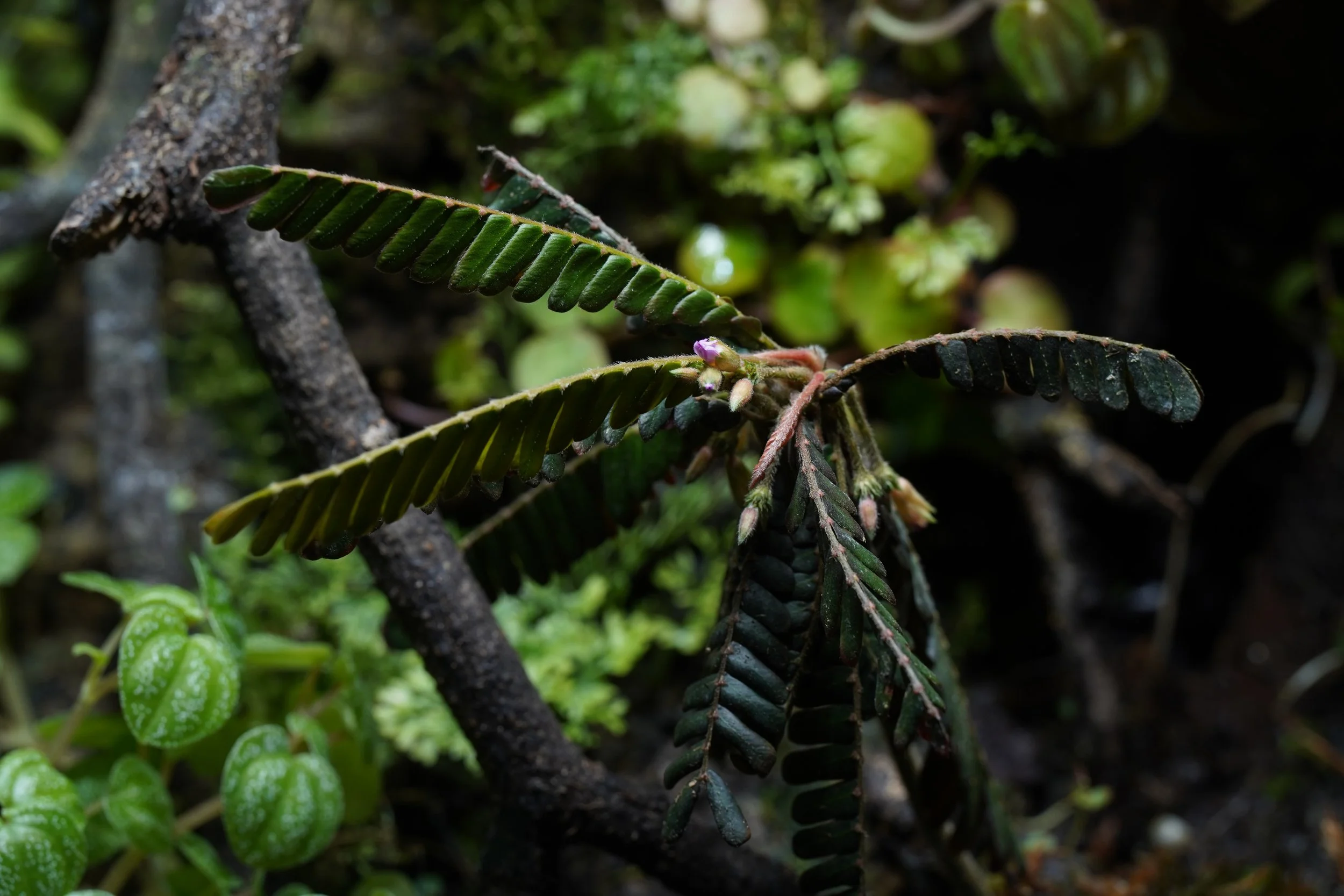 Image 4 of 24
Image 4 of 24

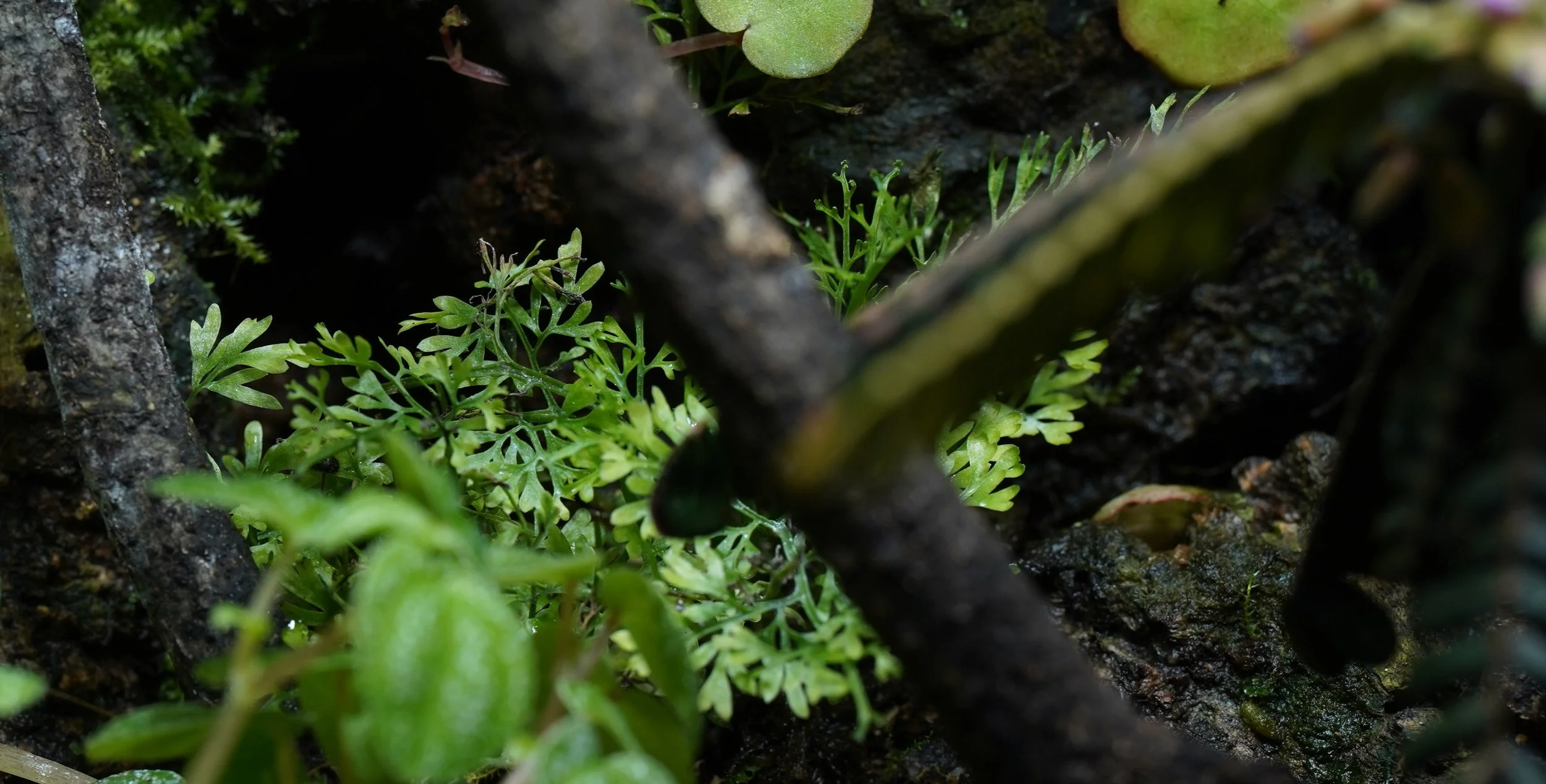 Image 5 of 24
Image 5 of 24

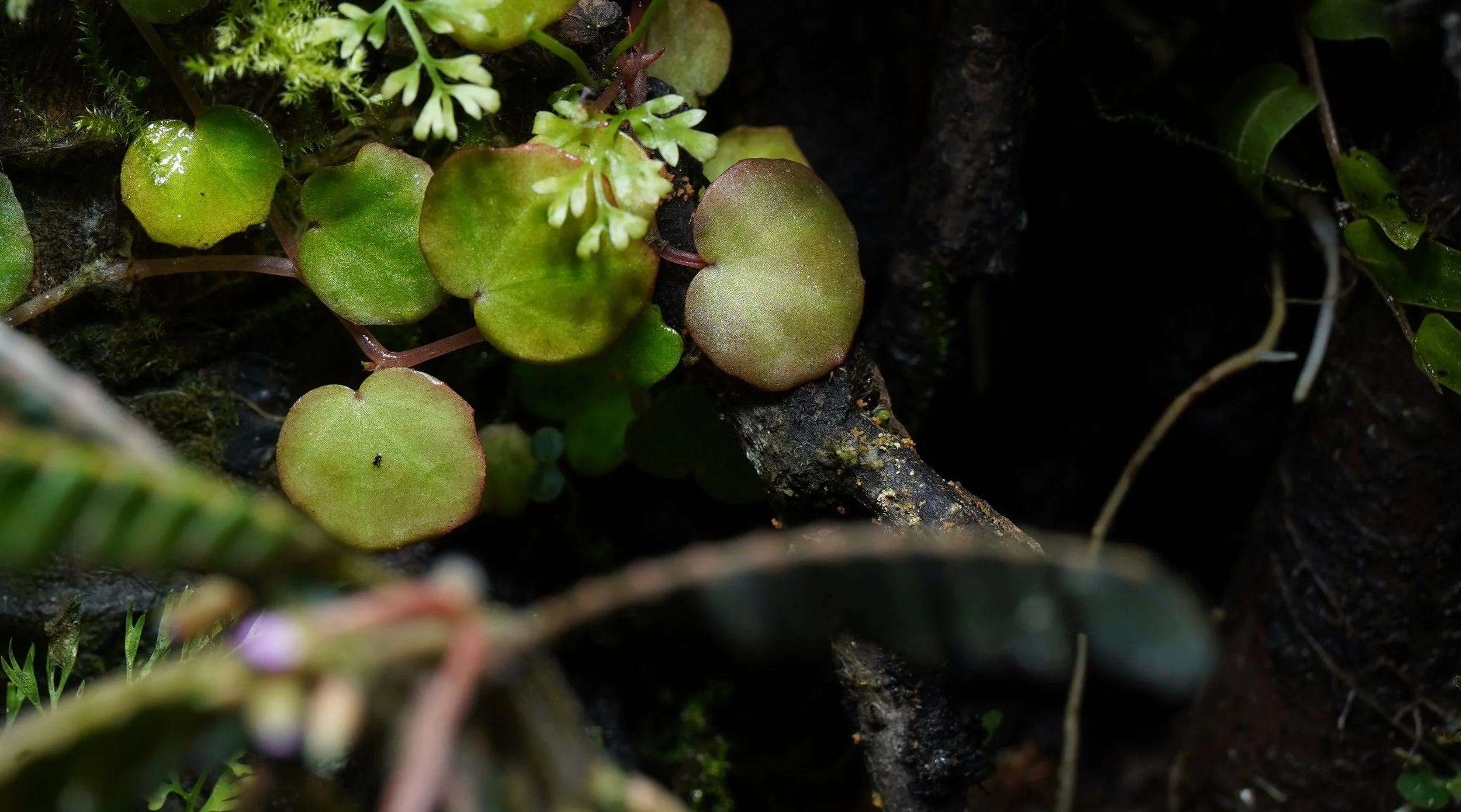 Image 6 of 24
Image 6 of 24

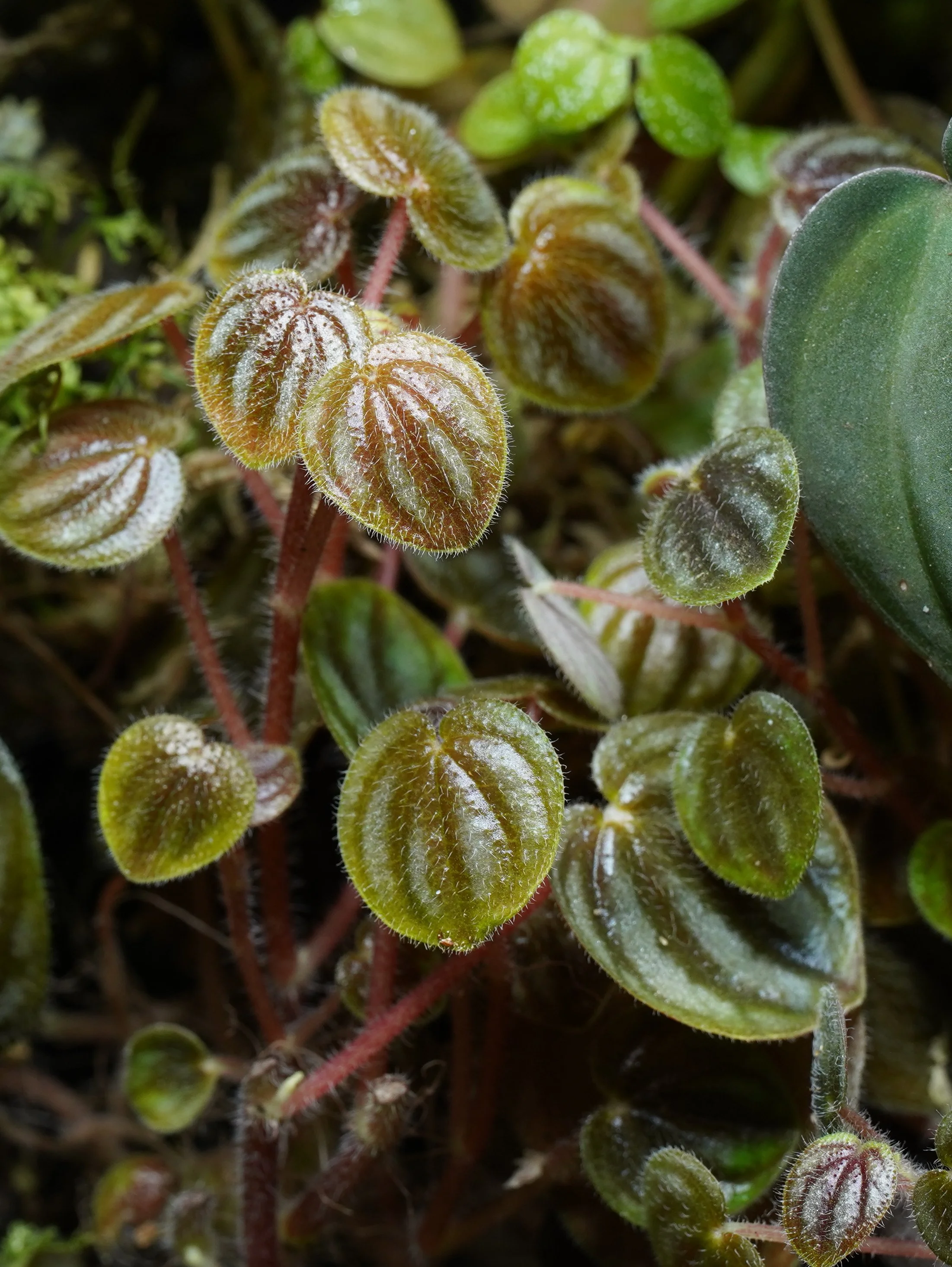 Image 7 of 24
Image 7 of 24

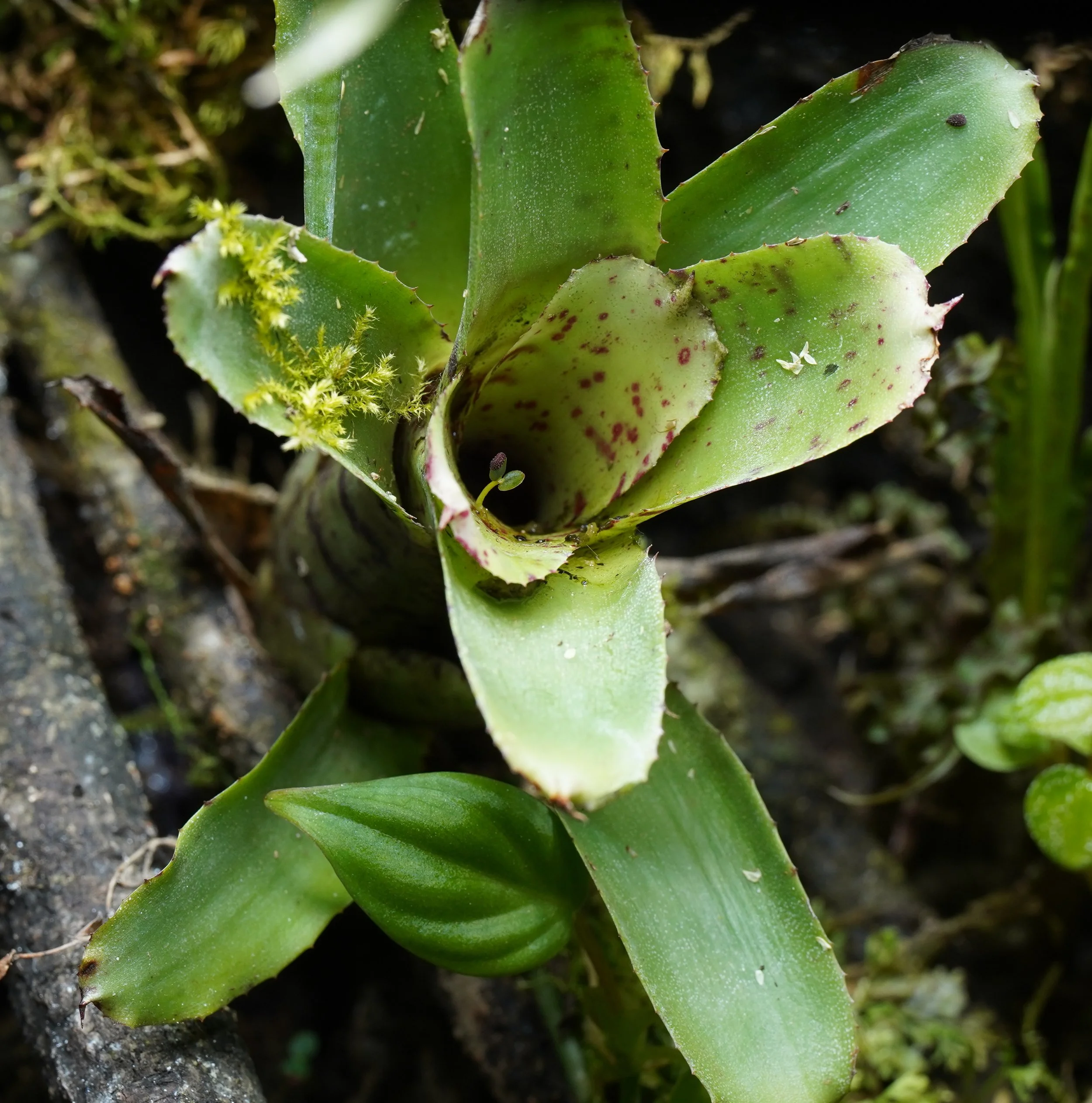 Image 8 of 24
Image 8 of 24

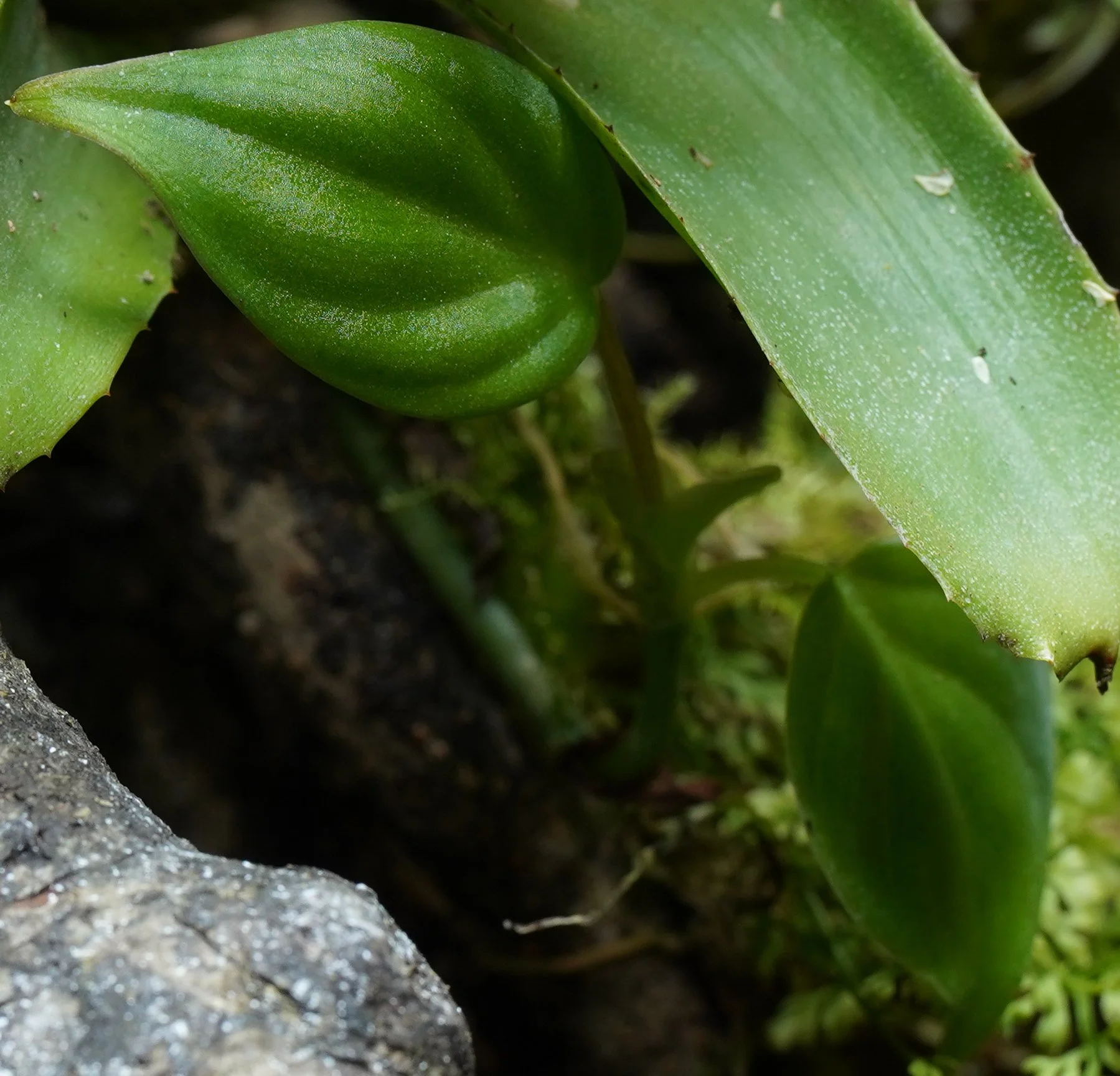 Image 9 of 24
Image 9 of 24

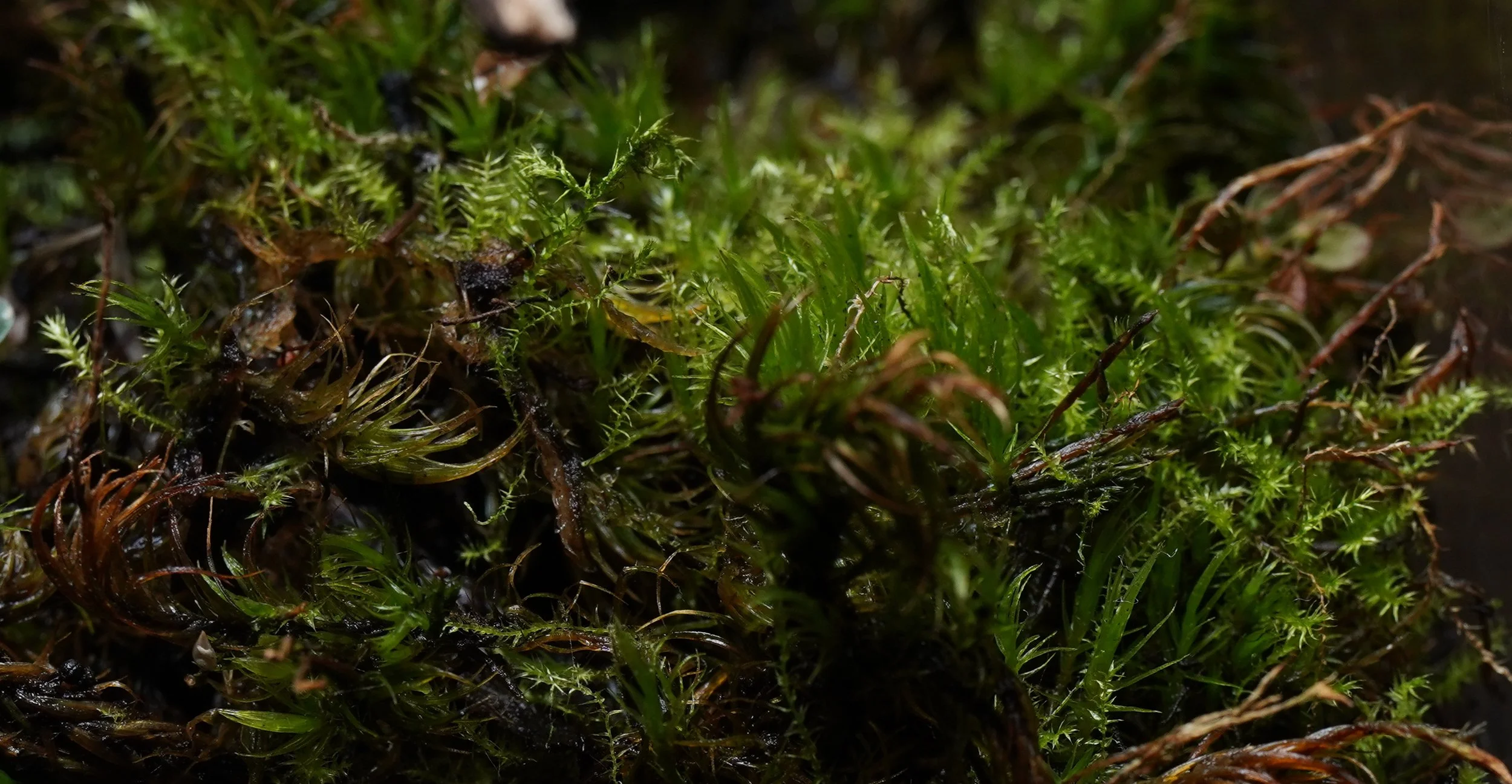 Image 10 of 24
Image 10 of 24

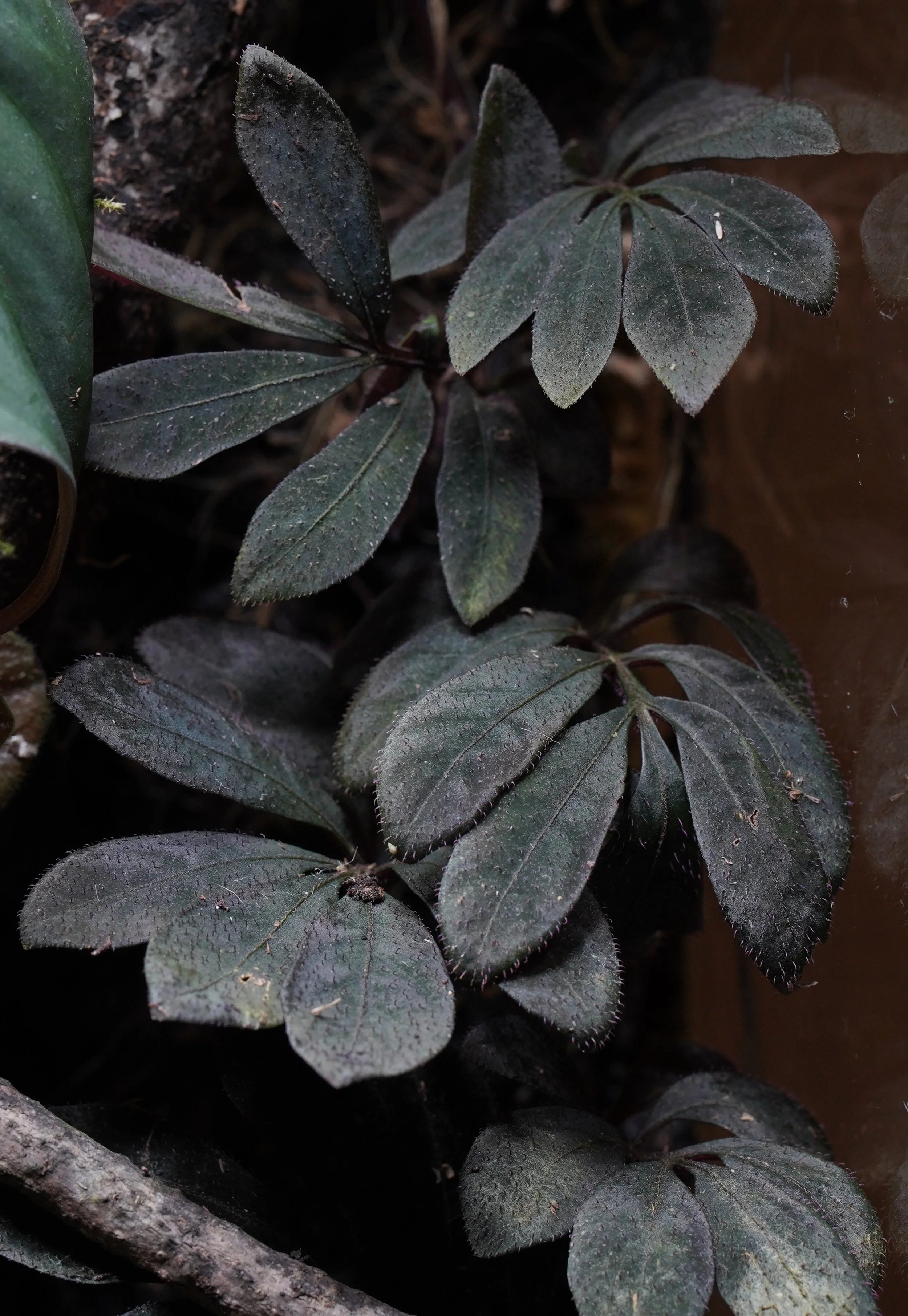 Image 11 of 24
Image 11 of 24

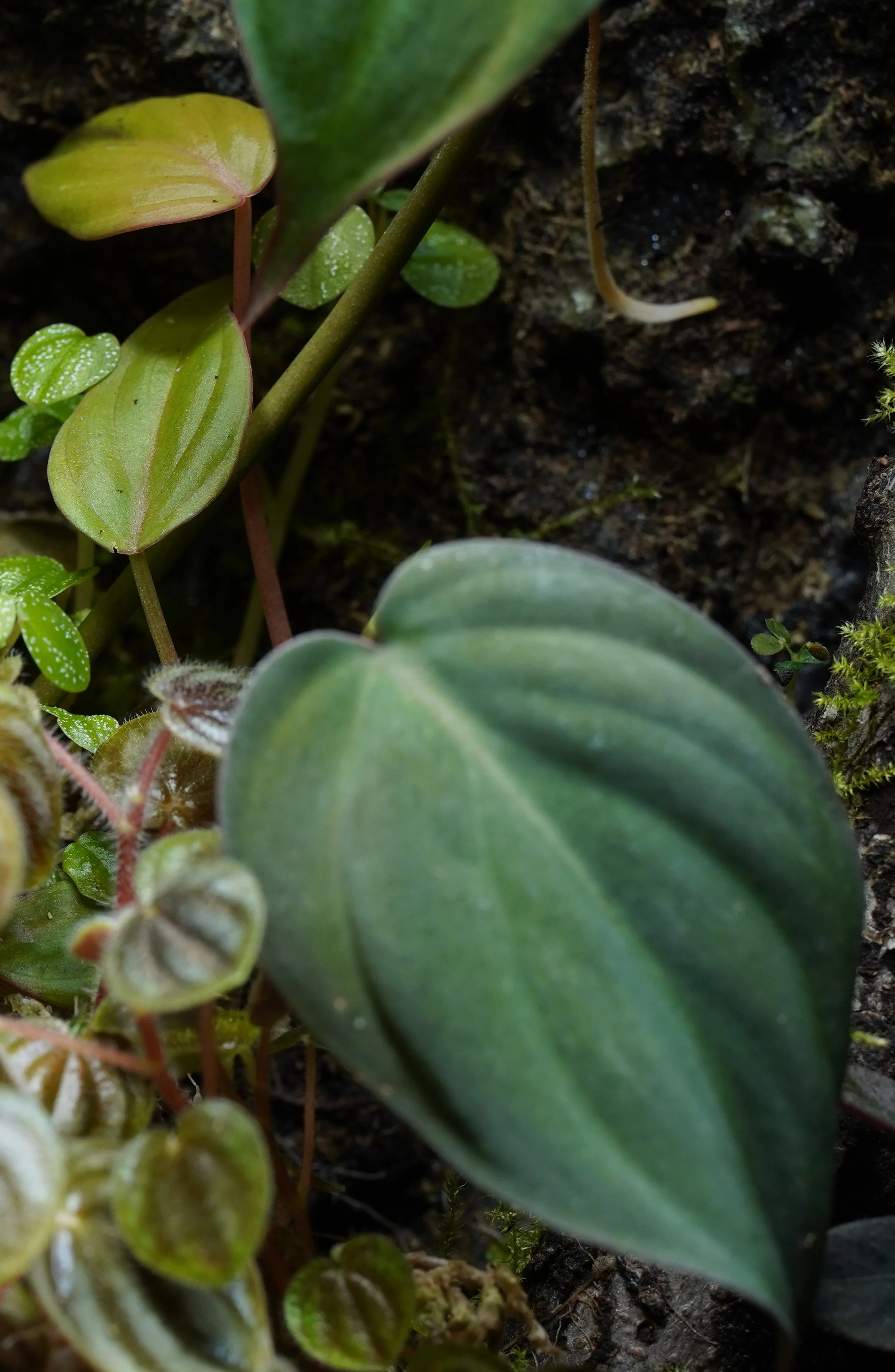 Image 12 of 24
Image 12 of 24

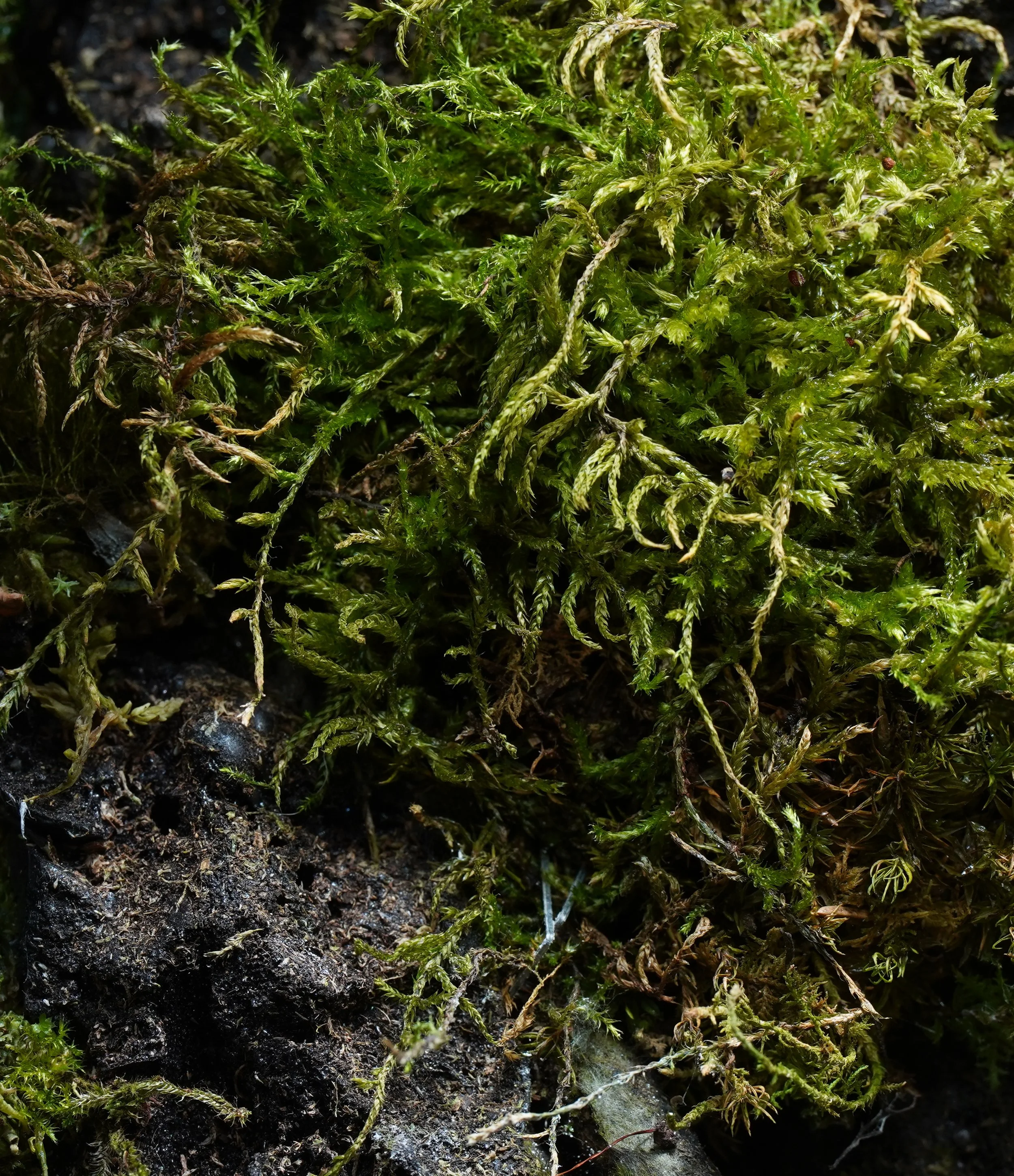 Image 13 of 24
Image 13 of 24

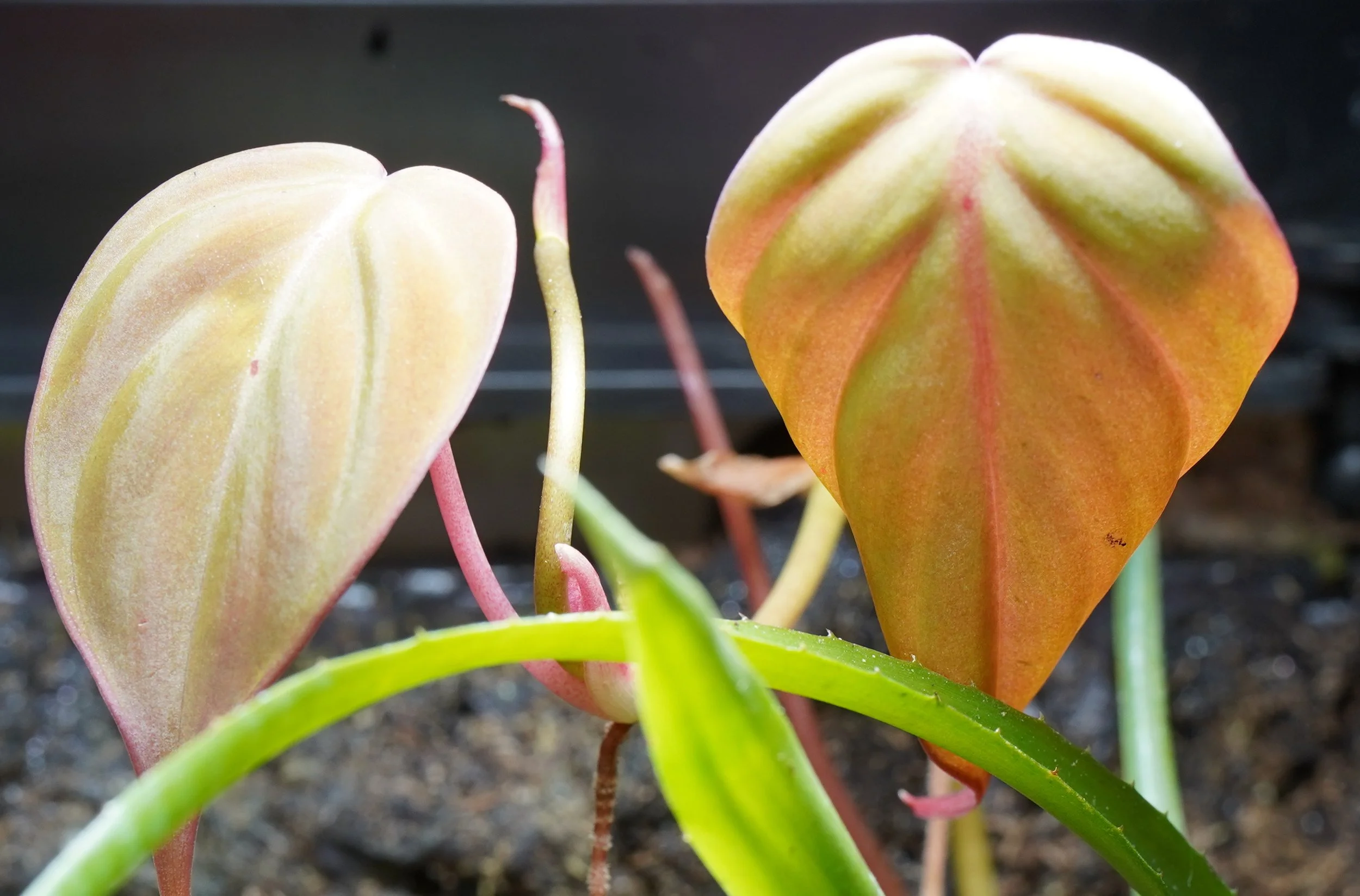 Image 14 of 24
Image 14 of 24

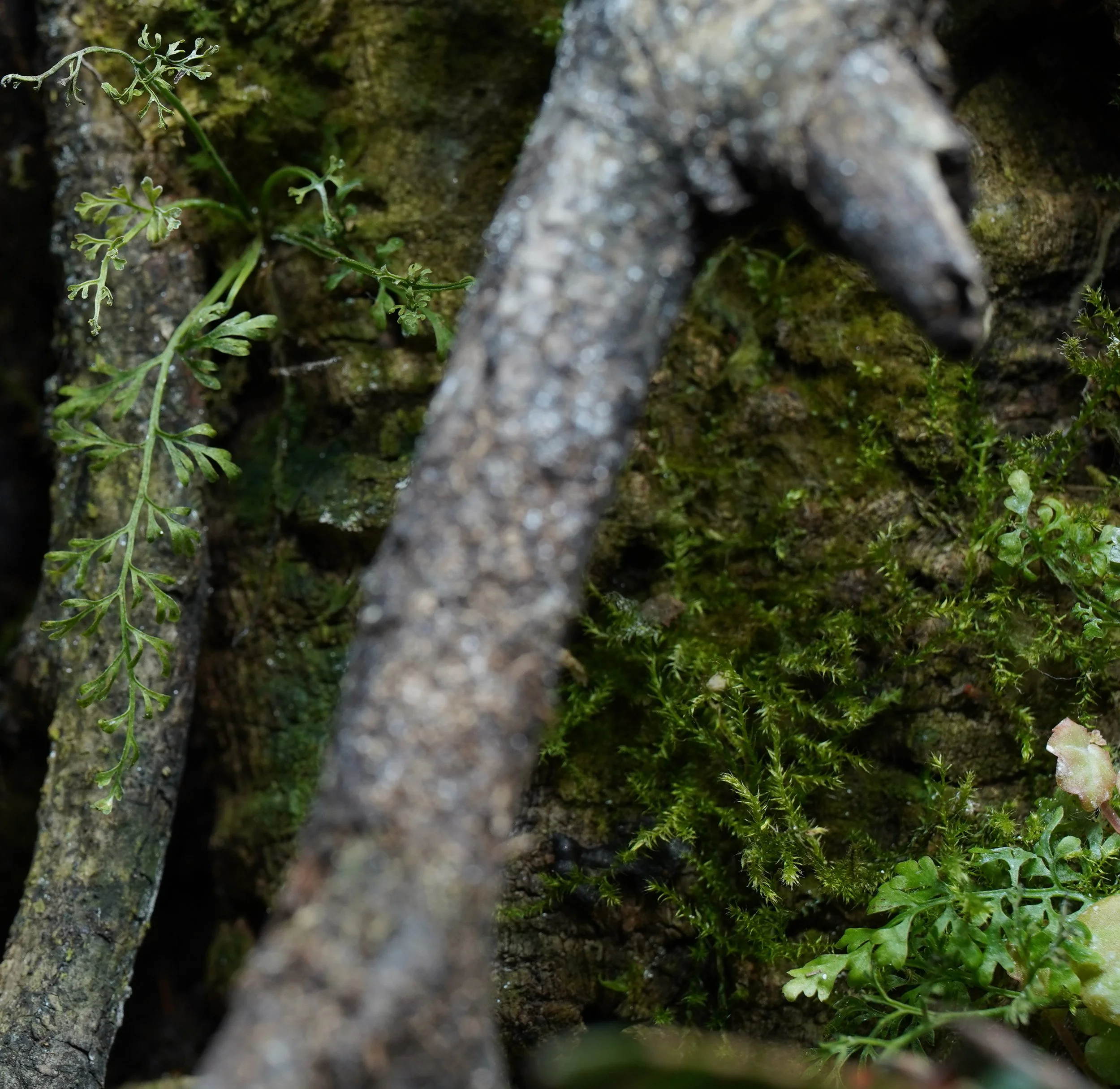 Image 15 of 24
Image 15 of 24

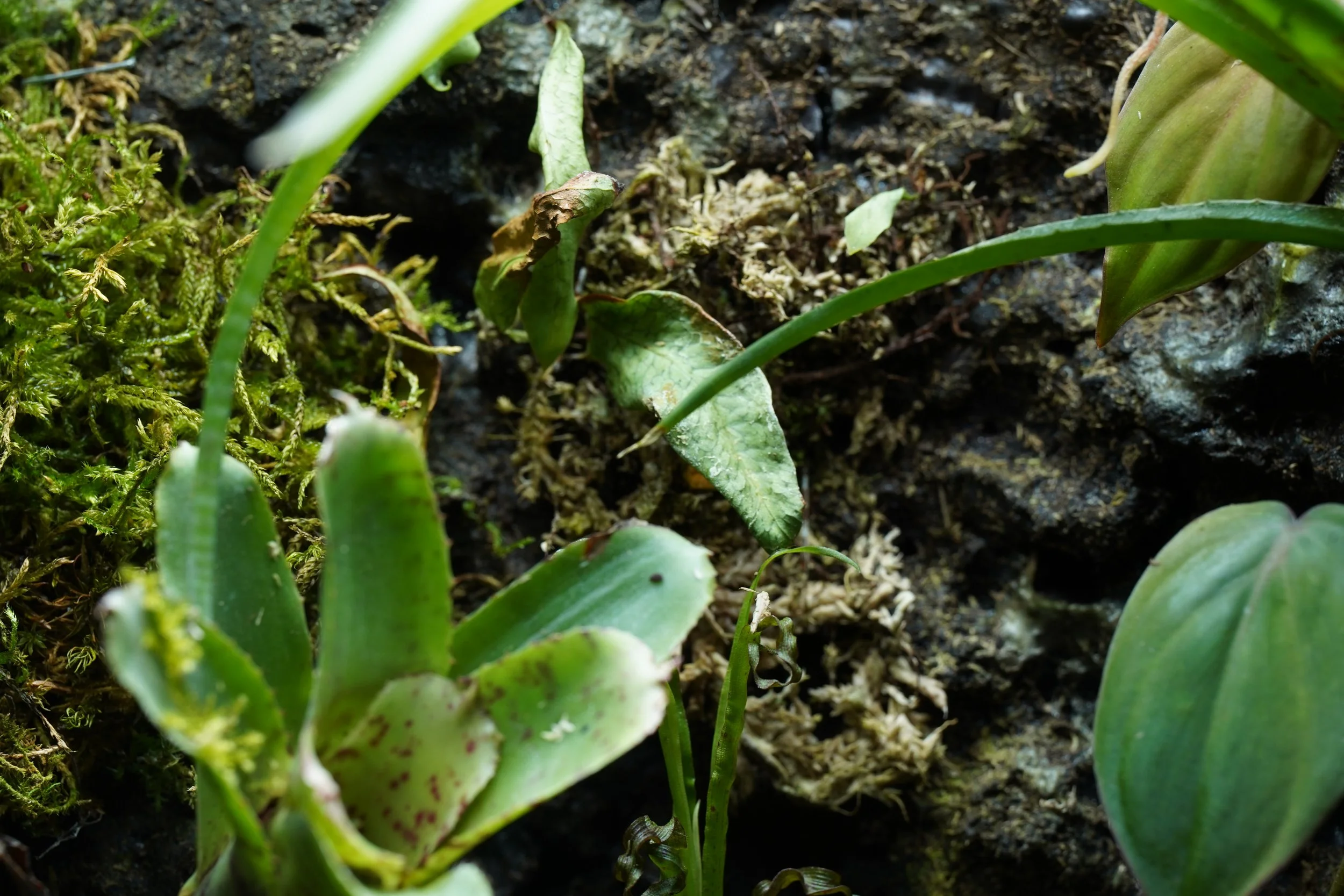 Image 16 of 24
Image 16 of 24

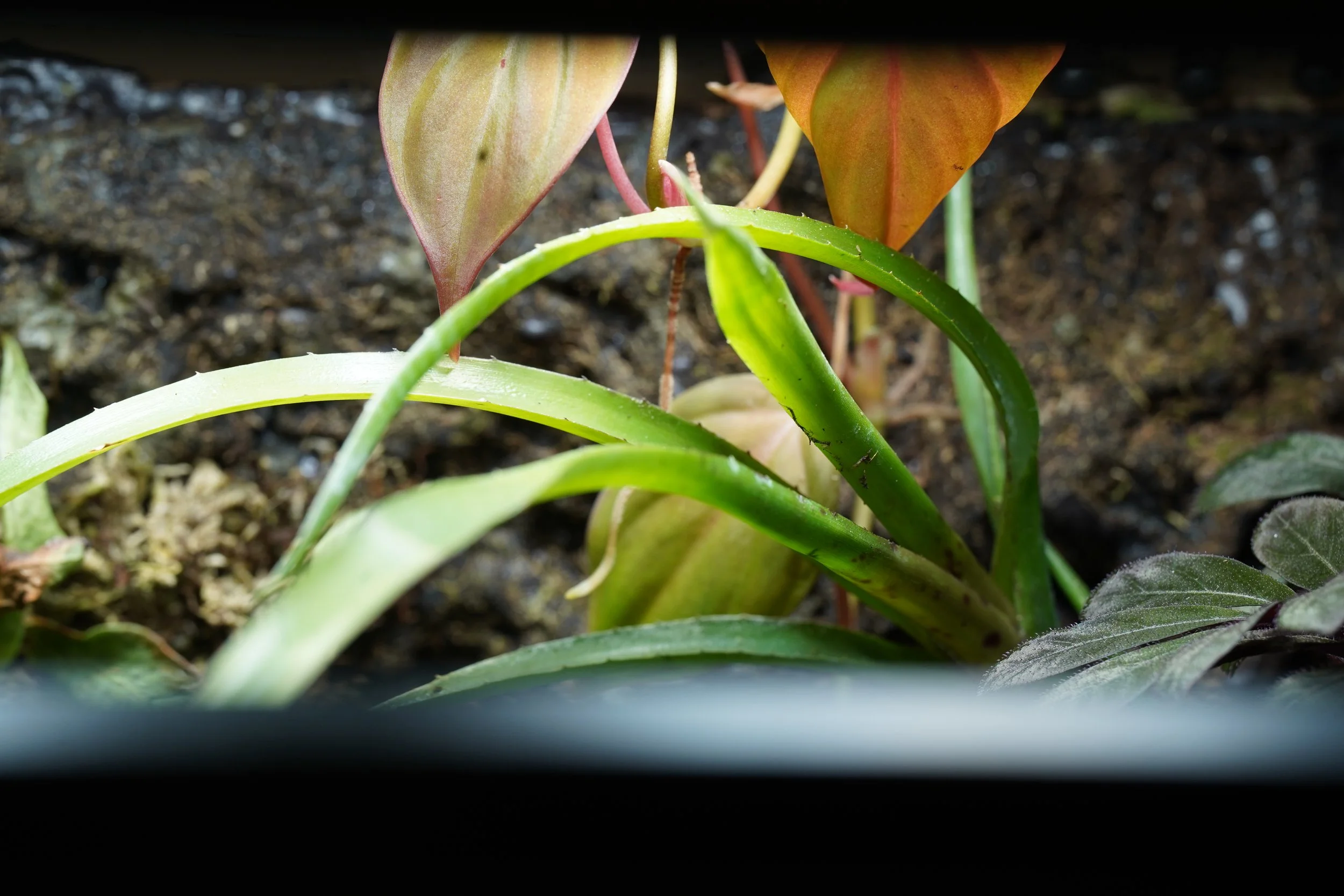 Image 17 of 24
Image 17 of 24

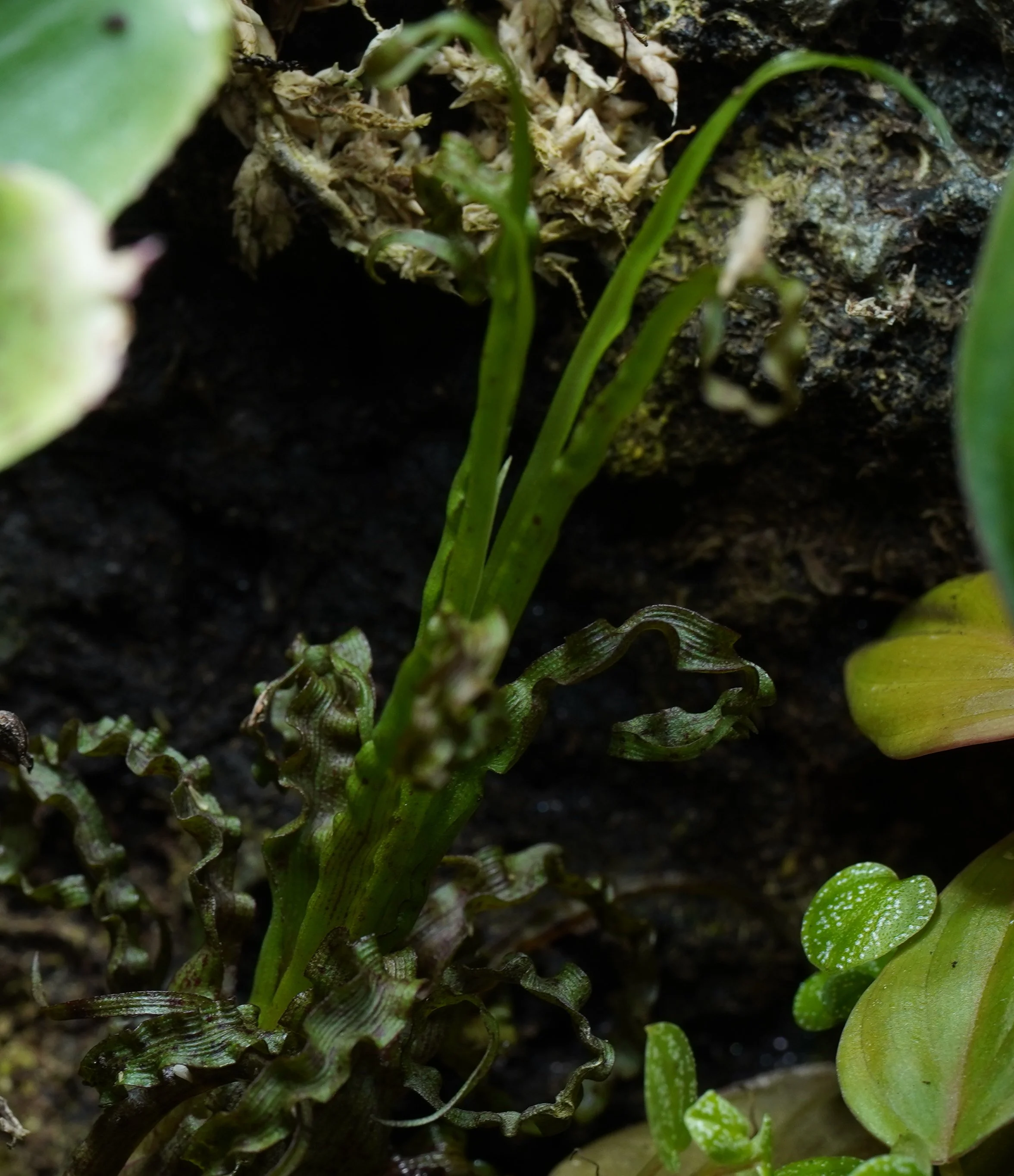 Image 18 of 24
Image 18 of 24

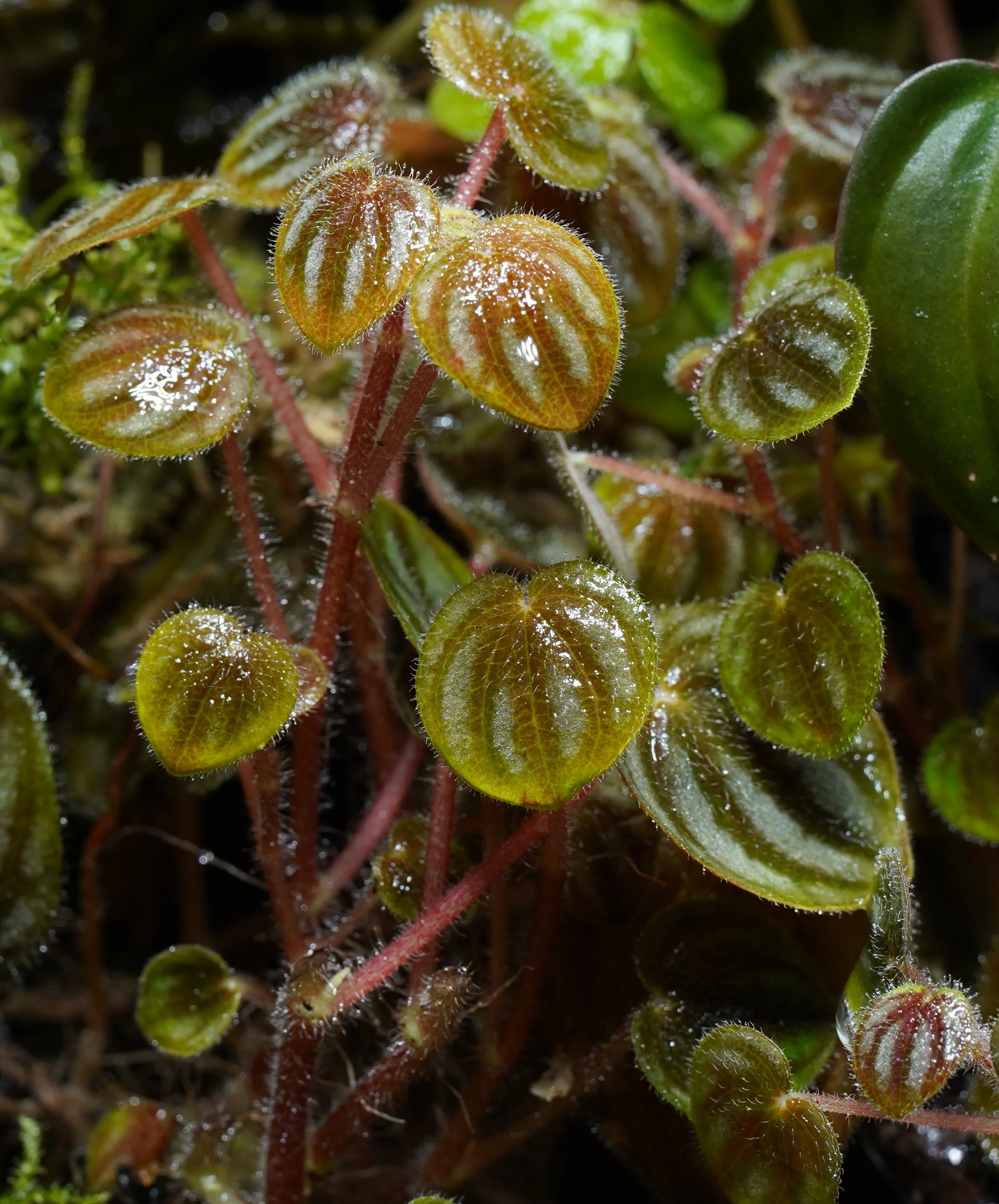 Image 19 of 24
Image 19 of 24

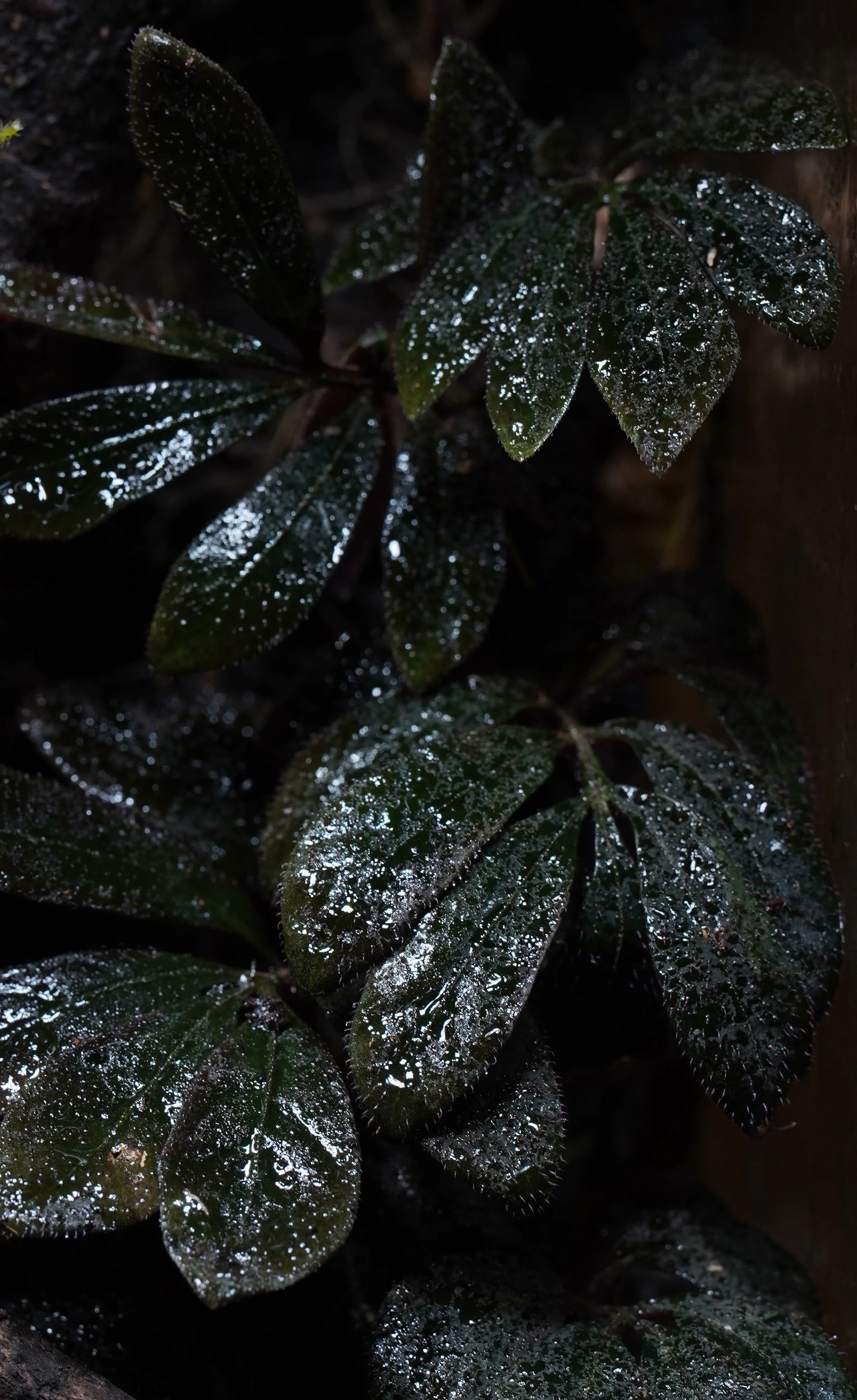 Image 20 of 24
Image 20 of 24

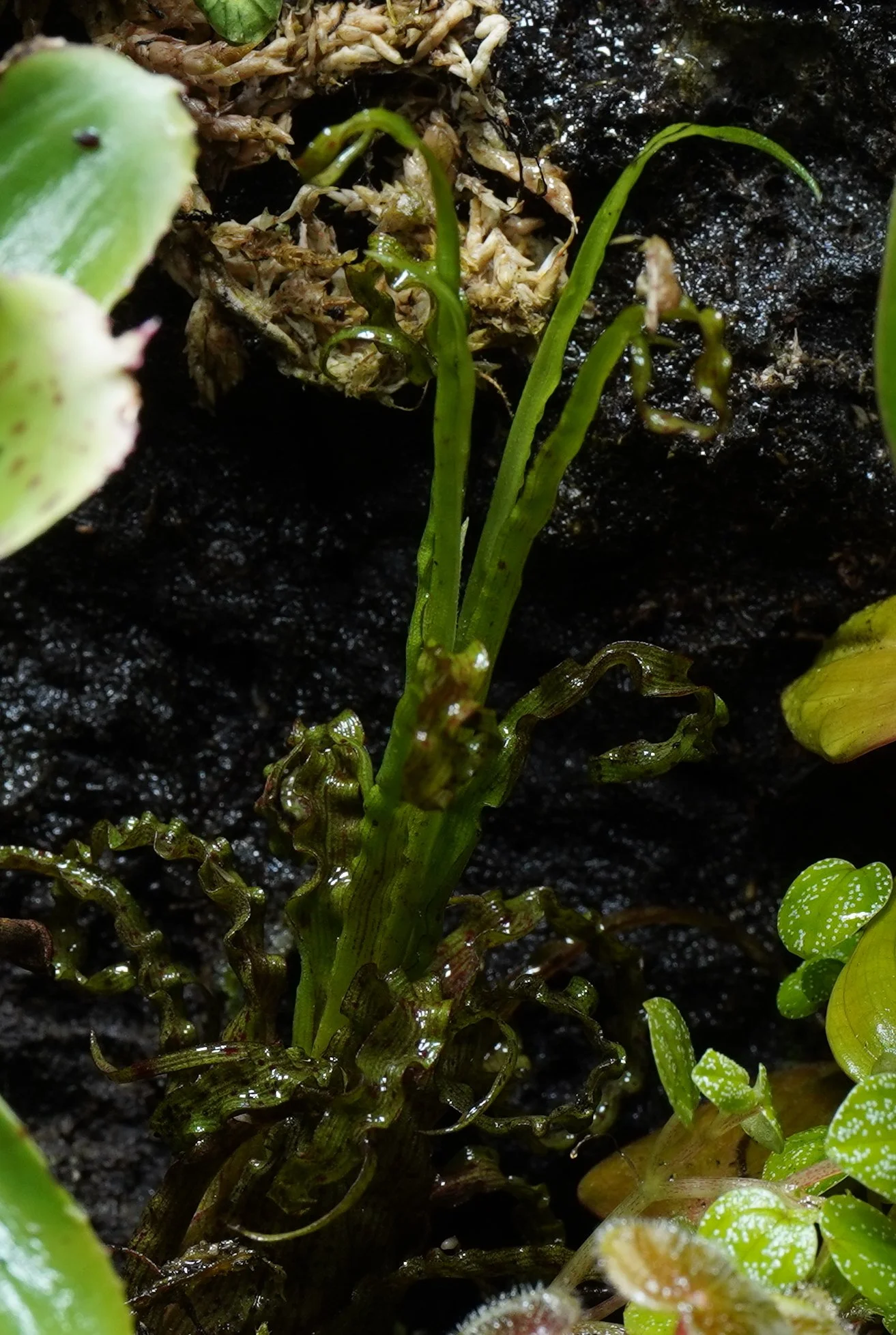 Image 21 of 24
Image 21 of 24

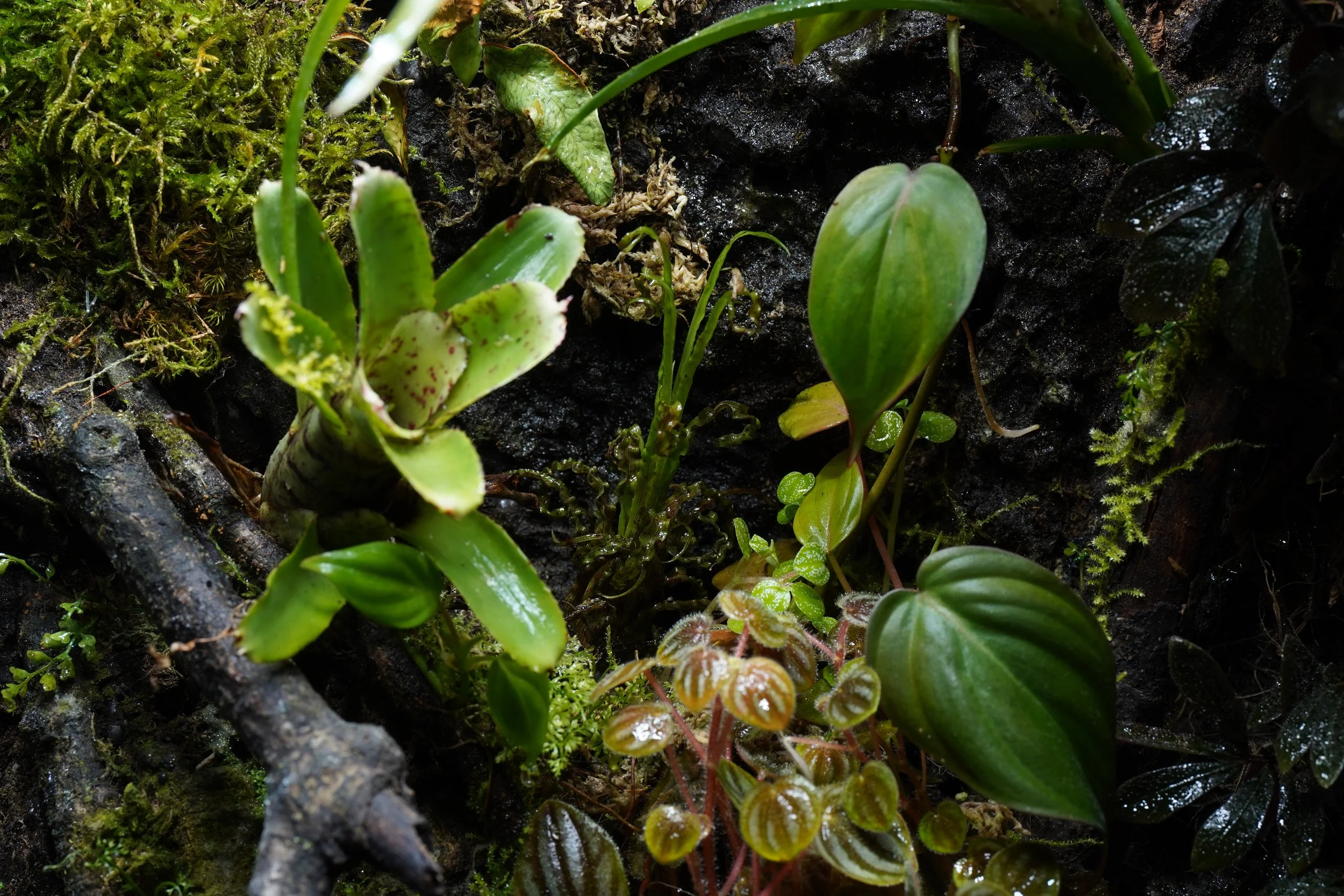 Image 22 of 24
Image 22 of 24

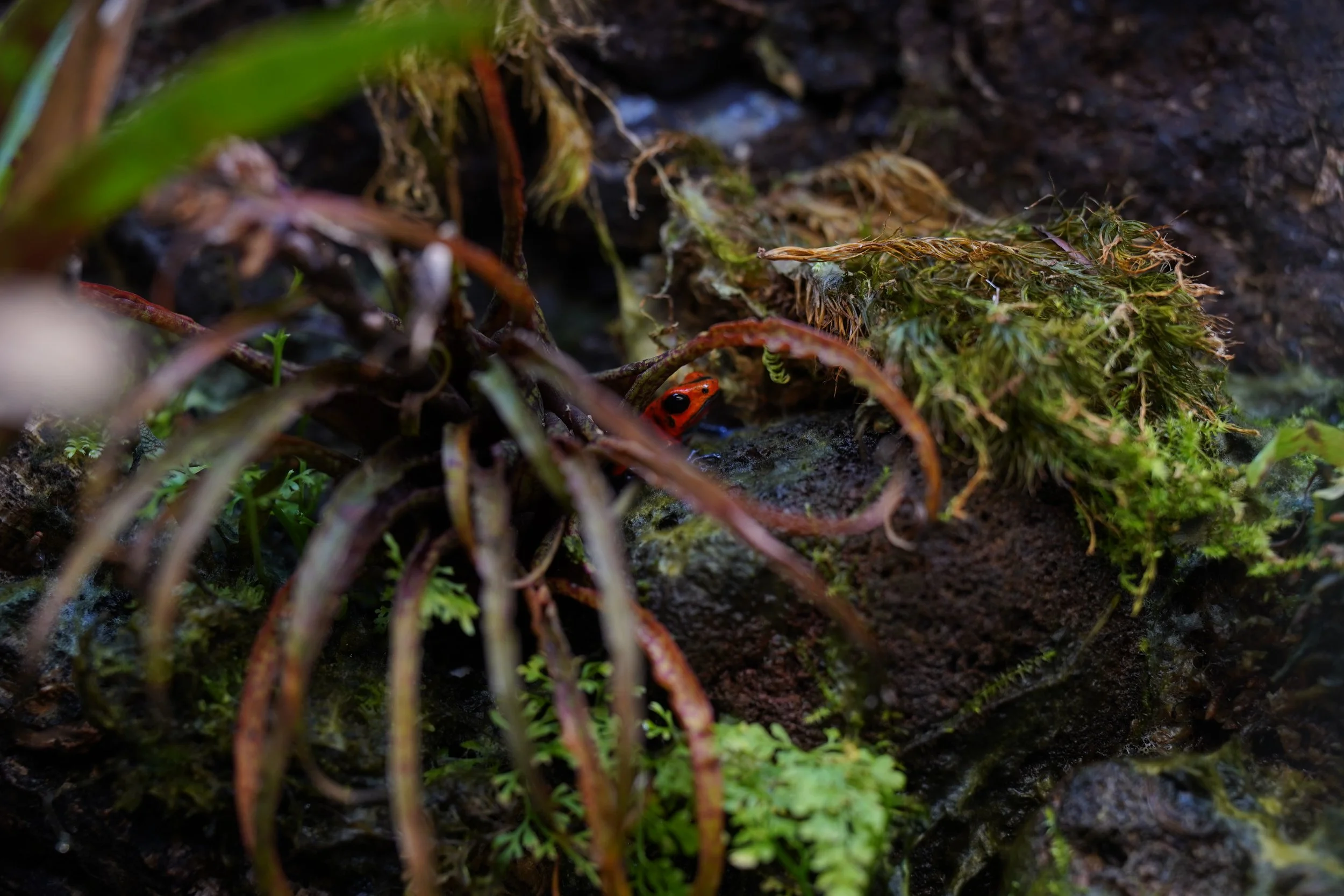 Image 23 of 24
Image 23 of 24

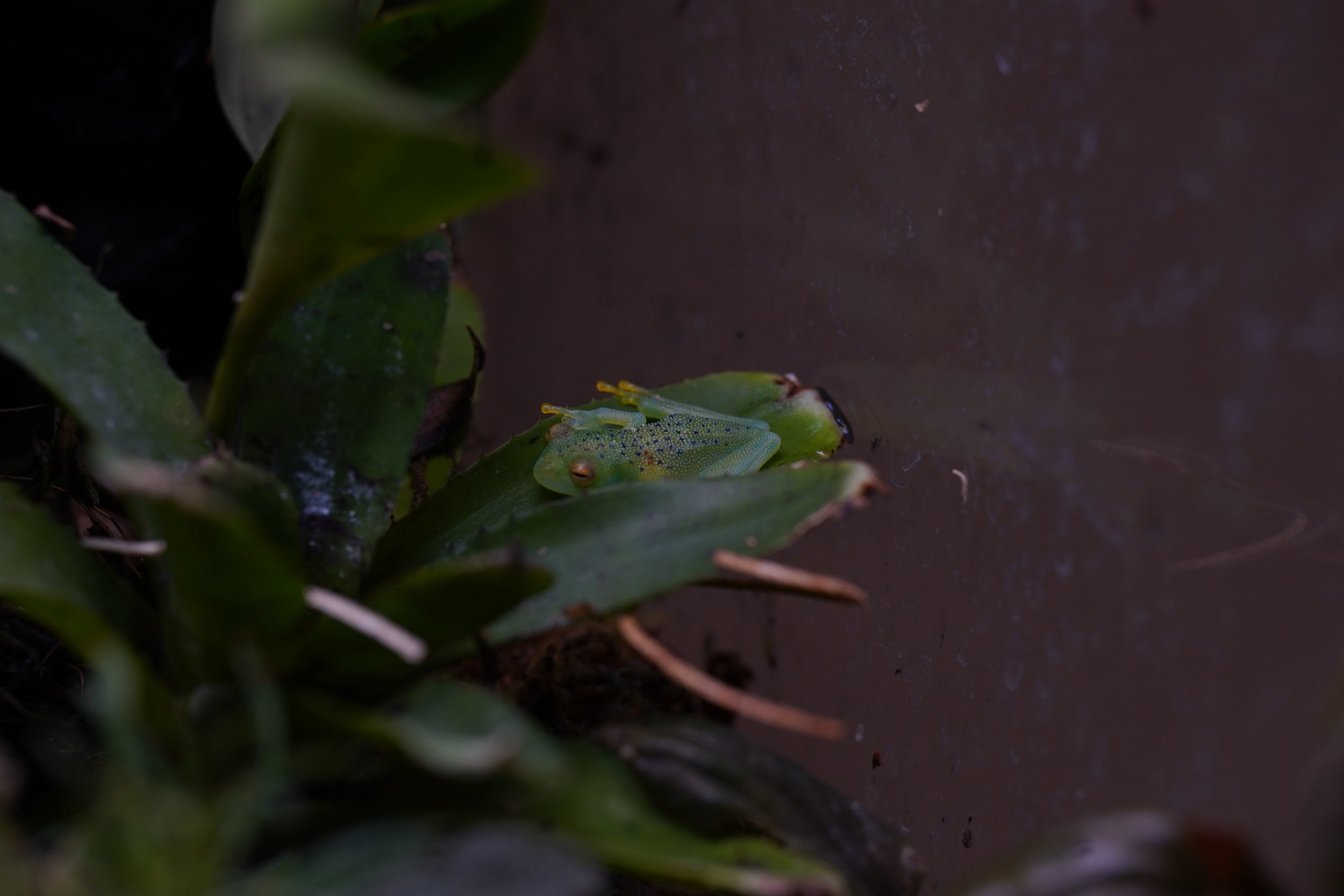 Image 24 of 24
Image 24 of 24

























Terrarium - L1001
Biophytum sp. Ecuador: A species of miniature, palm-like plants native to Ecuador, known for its sensitive, mimosa-like leaves that fold up at night or when stressed. This terrestrial plant thrives in warm, high-moisture, terrarium conditions, similar to its natural habitat in marshy areas and near streams. It requires consistently moist, well-draining soil, filtered sunlight, and can be propagated by harvesting its small, often pink or purplish, seeds.
Asplenium fragrans - Tingo : This fascinating, Fragrans like Asplenium originates from the montane forests east of Tingo Maria, Peru. Compact in size, it often produces fertile fronds even when less than two inches long. An excellent choice for any humid terrarium, it is remarkably easy to grow.
Begonia lichenora : Begonia bogneri is a charming, small creeping species from Borneo that flourishes in high humidity. It grows best on a moist sphagnum substrate with low light conditions.
Peperomia sp. Colombia : Peperomia sp. “Colombia” is a striking peperomia believed to originate from central Colombia. When grown in an open space on the floor of a terrarium, it forms an attractive, compact rosette. It thrives in a moist yet well-draining substrate. First discovered near the Buena Ventura region along the Pacific coastal rainforest, this understory species is prized for its vibrant foliage patterns, making it a standout choice for indoor plant enthusiasts.
Neoregelia rubrifolia : Neoregelia rubrifolia is a vibrant, hardy mini bromeliad native to rainforest canopies. Compact at about 6–10″ (14–25 cm), it thrives in humid terrariums or vivariums and is safe for most amphibians and tropical reptiles. As an epiphyte, it absorbs nutrients from rainwater and debris rather than soil, and shows brighter colors under strong light. Ideal for dart frog setups, its leaf cups provide natural sites for egg laying and tadpole rearing.
Peperomia sp. Sauce : Peperomia sp. "Sauce" is a plant originating from the dry forests around Sauce, Peru, and is often a variety of Peperomia obtusifolia sold under this localized name. It is a hardy, beginner-friendly succulent-like plant known for its thick, fleshy leaves and is relatively easy to grow, requiring medium to bright indirect light, well-draining soil, and moderate watering, allowing the soil to dry out slightly between waterings.
Variety of native mosses :This rainforest terrarium is carpeted with a variety of native mosses, creating a rich, layered green landscape. Thriving in high humidity and gentle light, the mosses form a soft, natural ground cover that helps retain moisture, stabilize the microclimate, and provide an ideal habitat for plants and small organisms, bringing a vibrant and harmonious look to the entire enclosure.
Solanum uleanum : Solanum uleanum is a tropical vine native to the rainforests of Brazil, Peru, Colombia, and Ecuador. It is part of the Solanaceae family, which includes a variety of well-known plants, such as tomatoes and nightshades. This species is especially notable for its visually striking foliage. The young leaves of Solanum uleanum emerge in a vivid, almost neon purple, gradually maturing into deep green.
Philodendron melanochrysum : Philodendron melanochrysum,Philodendron melanochrysum is a species of flowering plant in the family Araceae, endemic to the wet Andean foothills of Colombia, growing at approximately 500m above sea level in the provinces of Chocó and Antioquia.
Peperomia sp. Dark Pongo : Peperomia sp. Dark Pongo is a modest-sized terrestrial species from the Yurimaguas lowlands of Peru. Our founding stock originated from a now razed patch of forest that stood near Pongo De Caynarachi. This species grows intermittently throughout the region. It is hard to detect with its dark foliage offering little contrast against the forest floor in the deep shade we most often have found it growing in.
Asplenium aff.fragrans : This fern is found in Peru and Ecuador, and likely elsewhere in South America. It thrives in low to medium light, and abundant moisture, although it will do well growing on a vertical branch so long as humidity is high. It grows to about 4″ tall. It seems to grow best with its rhizome protected with moss. It’s a perfect little fern for smaller terraria and will form a beautiful colony over time. It’s one that I have a hard time looking away from.
Microgramma aff. reptans Peru : This wonderful fern originates from near Pongo de Caynarachi, which is located in the transition zone where the montane forests of the Cordillera Escallera meet the vast expanses of the (heavily deforested - thanks oil palm) Yurimaguas lowlands. Easy grower with nice lance shaped fronds.
Neoregelia topsider : is a vibrant, hardy mini bromeliad native to tropical rainforest canopies, typically growing 6–10″ (14–25 cm) tall. Ideal for humid terrariums or vivariums, it is safe for most amphibians and tropical reptiles.
As an epiphyte, it absorbs nutrients from rainwater and organic matter collected in its leaf cups rather than soil. These leaf cups also provide natural breeding sites for small dart frogs, making it both easy to care for and highly ornamental.
Racinaea crispa : A small plant (to 6 inches) with a bulbous base and leaves which have endless twists, wrinkles and curls. Green with darker markings, sometimes almost appearing black, with a delicate yellow inflorescence.
Biophytum sp. Ecuador: A species of miniature, palm-like plants native to Ecuador, known for its sensitive, mimosa-like leaves that fold up at night or when stressed. This terrestrial plant thrives in warm, high-moisture, terrarium conditions, similar to its natural habitat in marshy areas and near streams. It requires consistently moist, well-draining soil, filtered sunlight, and can be propagated by harvesting its small, often pink or purplish, seeds.
Asplenium fragrans - Tingo : This fascinating, Fragrans like Asplenium originates from the montane forests east of Tingo Maria, Peru. Compact in size, it often produces fertile fronds even when less than two inches long. An excellent choice for any humid terrarium, it is remarkably easy to grow.
Begonia lichenora : Begonia bogneri is a charming, small creeping species from Borneo that flourishes in high humidity. It grows best on a moist sphagnum substrate with low light conditions.
Peperomia sp. Colombia : Peperomia sp. “Colombia” is a striking peperomia believed to originate from central Colombia. When grown in an open space on the floor of a terrarium, it forms an attractive, compact rosette. It thrives in a moist yet well-draining substrate. First discovered near the Buena Ventura region along the Pacific coastal rainforest, this understory species is prized for its vibrant foliage patterns, making it a standout choice for indoor plant enthusiasts.
Neoregelia rubrifolia : Neoregelia rubrifolia is a vibrant, hardy mini bromeliad native to rainforest canopies. Compact at about 6–10″ (14–25 cm), it thrives in humid terrariums or vivariums and is safe for most amphibians and tropical reptiles. As an epiphyte, it absorbs nutrients from rainwater and debris rather than soil, and shows brighter colors under strong light. Ideal for dart frog setups, its leaf cups provide natural sites for egg laying and tadpole rearing.
Peperomia sp. Sauce : Peperomia sp. "Sauce" is a plant originating from the dry forests around Sauce, Peru, and is often a variety of Peperomia obtusifolia sold under this localized name. It is a hardy, beginner-friendly succulent-like plant known for its thick, fleshy leaves and is relatively easy to grow, requiring medium to bright indirect light, well-draining soil, and moderate watering, allowing the soil to dry out slightly between waterings.
Variety of native mosses :This rainforest terrarium is carpeted with a variety of native mosses, creating a rich, layered green landscape. Thriving in high humidity and gentle light, the mosses form a soft, natural ground cover that helps retain moisture, stabilize the microclimate, and provide an ideal habitat for plants and small organisms, bringing a vibrant and harmonious look to the entire enclosure.
Solanum uleanum : Solanum uleanum is a tropical vine native to the rainforests of Brazil, Peru, Colombia, and Ecuador. It is part of the Solanaceae family, which includes a variety of well-known plants, such as tomatoes and nightshades. This species is especially notable for its visually striking foliage. The young leaves of Solanum uleanum emerge in a vivid, almost neon purple, gradually maturing into deep green.
Philodendron melanochrysum : Philodendron melanochrysum,Philodendron melanochrysum is a species of flowering plant in the family Araceae, endemic to the wet Andean foothills of Colombia, growing at approximately 500m above sea level in the provinces of Chocó and Antioquia.
Peperomia sp. Dark Pongo : Peperomia sp. Dark Pongo is a modest-sized terrestrial species from the Yurimaguas lowlands of Peru. Our founding stock originated from a now razed patch of forest that stood near Pongo De Caynarachi. This species grows intermittently throughout the region. It is hard to detect with its dark foliage offering little contrast against the forest floor in the deep shade we most often have found it growing in.
Asplenium aff.fragrans : This fern is found in Peru and Ecuador, and likely elsewhere in South America. It thrives in low to medium light, and abundant moisture, although it will do well growing on a vertical branch so long as humidity is high. It grows to about 4″ tall. It seems to grow best with its rhizome protected with moss. It’s a perfect little fern for smaller terraria and will form a beautiful colony over time. It’s one that I have a hard time looking away from.
Microgramma aff. reptans Peru : This wonderful fern originates from near Pongo de Caynarachi, which is located in the transition zone where the montane forests of the Cordillera Escallera meet the vast expanses of the (heavily deforested - thanks oil palm) Yurimaguas lowlands. Easy grower with nice lance shaped fronds.
Neoregelia topsider : is a vibrant, hardy mini bromeliad native to tropical rainforest canopies, typically growing 6–10″ (14–25 cm) tall. Ideal for humid terrariums or vivariums, it is safe for most amphibians and tropical reptiles.
As an epiphyte, it absorbs nutrients from rainwater and organic matter collected in its leaf cups rather than soil. These leaf cups also provide natural breeding sites for small dart frogs, making it both easy to care for and highly ornamental.
Racinaea crispa : A small plant (to 6 inches) with a bulbous base and leaves which have endless twists, wrinkles and curls. Green with darker markings, sometimes almost appearing black, with a delicate yellow inflorescence.

